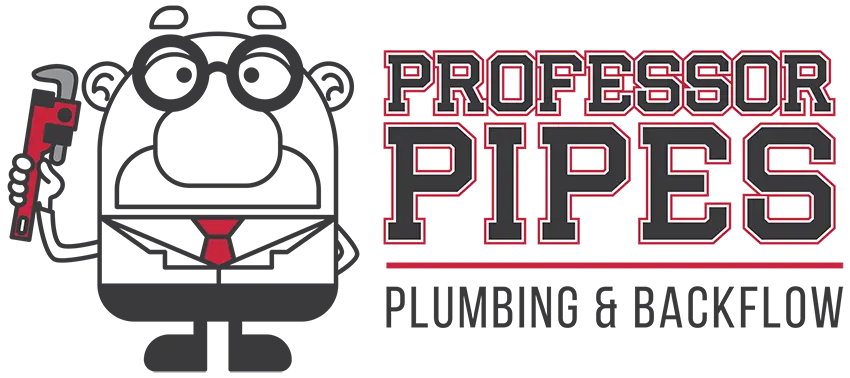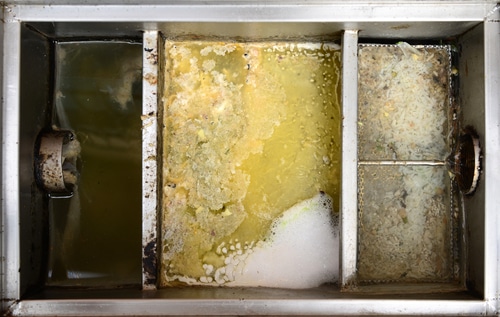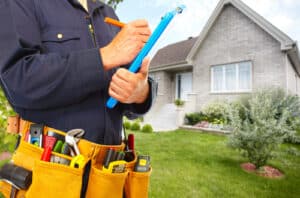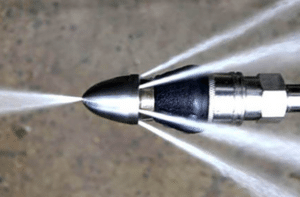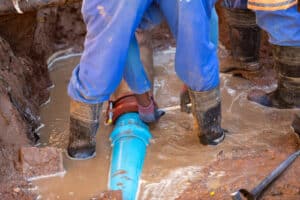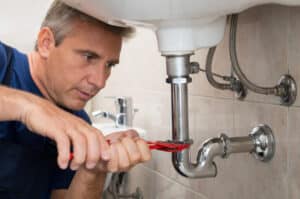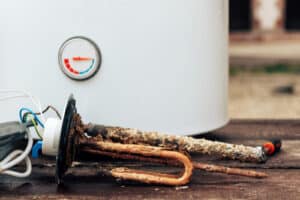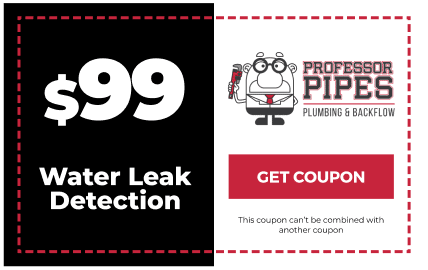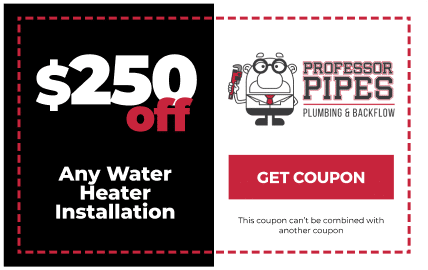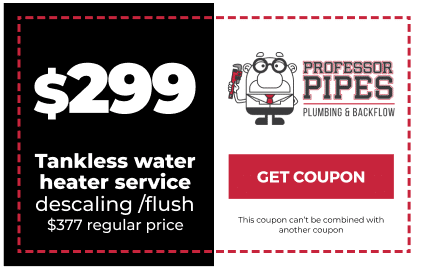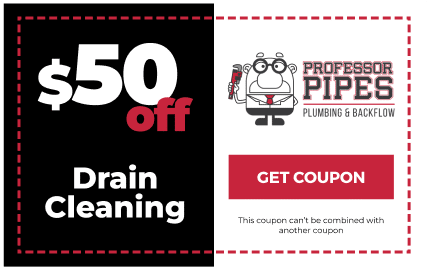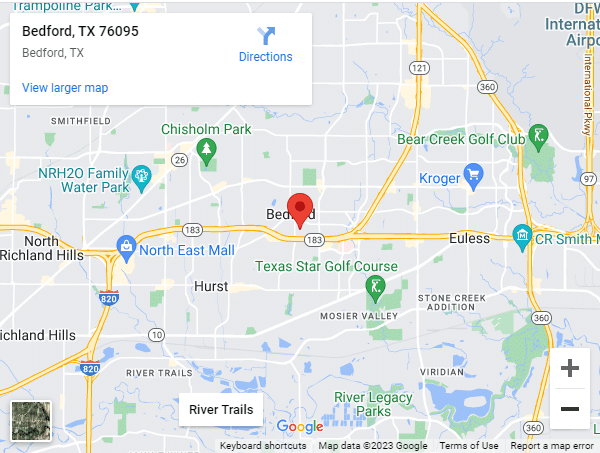A sump pump is a crucial component in protecting your home from water damage, especially in areas prone to flooding or with high groundwater levels. Serving as your home’s first line of defense against basement flooding, a sump pump ensures a dry and safe living environment by eliminating excess water and preventing costly damages. In this comprehensive guide, we will explore the basics of sump pumps, their importance in safeguarding your home, and essential maintenance tips to keep them operating optimally.
A sump pump is a powerful device installed in the lowest part of your basement or crawlspace, typically within a sump pit or basin, to remove water and prevent flooding. When the water level in the sump pit rises to a specific point, the sump pump activates and pumps the excess water away from your home through a discharge pipe. This process helps to maintain a dry basement, mitigate moisture-related issues, and protect your home’s foundation and structural integrity.
With various sump pump types available, including submersible, pedestal, and battery backup models, it’s crucial to choose the right pump for your home to provide effective protection against water damage. Expert guidance from professionals like Professor Pipes Plumbing & Backflow, the top-rated plumbing company in Bedford, TX, and surrounding areas, is essential for a successful sump pump installation and reliable water damage prevention.
To guarantee the optimal performance of your sump pump, it’s vital to follow proper maintenance practices, which we will cover in detail later in this article. Adequate care can help homeowners avoid costly repairs and extend their pump’s lifespan, ensuring a long-lasting solution for water damage prevention in their home.
Understanding the Basics of Sump Pumps and Their Importance to Your Home
Types of Sump Pumps
Understanding the different types of sump pumps will help you make an informed decision when selecting the best option for your home. Here are the most common sump pump types:
1. Submersible Sump Pumps
These pumps are installed inside the sump pit and are fully submerged in water when operational. Submersible sump pumps are quieter and more efficient than other types, making them ideal for homes with more significant water management requirements.
2. Pedestal Sump Pumps
Unlike submersible models, pedestal sump pumps have a motor located above the sump pit. This design makes them less expensive, easier to access for maintenance, and suitable for smaller sump pits. However, they tend to be louder and less efficient than submersible pumps.
3. Battery Backup Sump Pumps
These sump pumps provide an extra layer of protection for your home by operating during power outages, which often accompany heavy storms and flooding. Battery backup sump pumps can be used in conjunction with primary pumps or as standalone units in homes with lower water infiltration levels.
Essential Sump Pump Maintenance Tips
Regular maintenance is vital to ensure the optimal performance and longevity of your sump pump. Here are some essential tips to keep your sump pump in perfect working condition:
1. Test Your Sump Pump Regularly
To ensure your sump pump is functioning correctly, test it regularly by pouring a bucket of water into the sump pit. The pump should activate, remove the water, and turn off automatically. Conduct these tests every few months and always before the rainy season.
2. Inspect and Clean the Sump Pit
Remove debris and sediment buildup in the sump pit to prevent clogs and ensure proper water flow. Inspect the pit for any signs of damage or wear and address any issues promptly.
3. Check the Discharge Pipe
Examine the discharge pipe for any blockages and ensure that the water is being pumped away from your home effectively. Inspect the pipe for cracks or leaks and make any necessary repairs.
4. Inspect the Backup Power Source
If you have a battery backup sump pump, test the backup system to confirm it’s operational when needed. Check the battery’s charge, make sure the connections are secure, and replace the battery as recommended by the manufacturer.
Indicators of Sump Pump Issues
Being aware of potential sump pump issues can help you take swift action and prevent costly water damage in your home. Look out for these common indicators of sump pump problems:
1. Inconsistent Operation
If your sump pump runs continuously, cycles on and off frequently, or doesn’t turn on when needed, there could be an issue with the float switch, check valve, or impeller. Contact a professional plumber for assessment and repairs.
2. Unusual Noises
Unusual sounds, such as grinding or thumping, can indicate a damaged impeller, worn bearings, or a jammed pump. Schedule a service appointment with a professional plumber to diagnose and resolve the issue.
3. Odors
Musty smells coming from your basement or crawlspace can signify a malfunctioning sump pump, allowing excess moisture to accumulate. A thorough inspection and repair by a professional plumber can identify and address the underlying issue.
When to Call a Professional Plumber
Some sump pump issues require the expertise of a professional plumber. Here are a few situations when it’s best to call in the experts:
1. Sump Pump Installation or Replacement
Proper installation is critical for a sump pump’s performance and efficiency. Consult a licensed plumber to install or replace your sump pump to ensure your home is adequately protected from water damage.
2. Persistent Problems
Repeated issues with your sump pump may indicate a larger problem that needs professional assessment, such as incorrect sizing, poor installation, or structural issues with your home’s drainage system.
3. Backup System Installation
A backup sump pump system provides additional protection during power outages, heavy storms, and pump failures. Trust a professional plumber to install a backup system, such as a battery backup sump pump, to ensure your home is protected even when the primary pump fails.
Conclusion
Sump pumps are essential for protecting your home from water damage and ensuring a dry and safe living environment. By understanding the basics of sump pumps, their importance, and proper maintenance practices, you can effectively safeguard your property and its structural integrity.
For expert sump pump installation, repair, and maintenance in Bedford, TX, and surrounding areas, trust Professor Pipes Plumbing & Backflow’ skilled technicians. Schedule a service appointment today, and let our professional team help you maintain an efficient and reliable sump pump system to protect your home from water damage. With exceptional service and unparalleled expertise, you can always rely on our residential plumbing company to meet all your plumbing needs.
